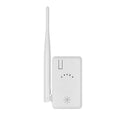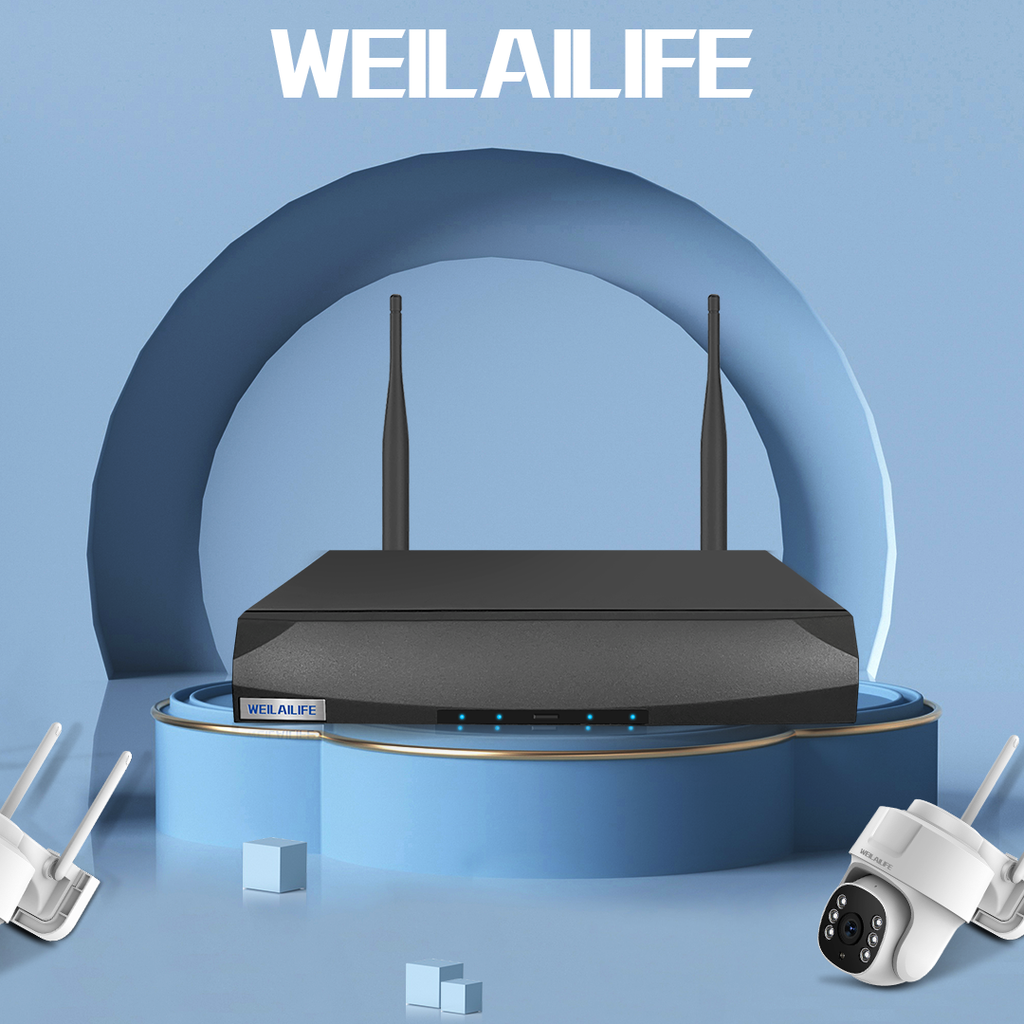Unlocking the World of 4G Surveillance Cameras: SIM Card Necessity and Data Consumption
In the realm of modern security infrastructure, surveillance cameras have rapidly evolved, introducing a host of functionalities that enhance convenience and vigilance. One pertinent query that frequently arises pertains to 4G cameras: do they necessitate SIM cards, and how much data do they consume? This article aims to demystify these aspects, offering a comprehensive understanding of the landscape of 4G surveillance cameras.
**The Essential Role of SIM Cards for 4G Cameras**
Yes, 4G cameras indeed require the presence of SIM cards to function effectively. These sophisticated cameras are equipped with dedicated SIM card slots, allowing for seamless integration of the cellular network. A crucial factor during the installation process is the precise insertion of the SIM card. Ensuring the proper orientation of the SIM card minimizes the risk of damaging the slot. Typically, aligning the metal contacts on the SIM card with those within the slot is pivotal. The corner of the SIM card featuring a distinctive notch should face inwards during insertion. A definitive and reassuring click usually confirms the successful insertion of the card.
The advent of 4G surveillance cameras has ushered in a new era of security and surveillance, marked by remarkable convenience and heightened effectiveness. These cameras are imbued with a multitude of advanced features, including motion detection capabilities that ensure any movement within their designated range, often up to 6 meters, is accurately captured. Furthermore, their wireless remote functionalities offer an unprecedented level of practicality. With their capacity to record both audio and video while maintaining crystal-clear image quality, 4G cameras are pivotal in fortifying security measures.
However, it's important to underscore that in areas equipped with accessible WiFi networks, 4G cameras can seamlessly integrate with the local WiFi environment, rendering the need for a SIM card moot while enabling remote monitoring.
**Demystifying Data Consumption: The Quandary of Usage**
Determining the precise data consumption of a 4G surveillance camera involves navigating a complex web of variables, encompassing resolution, encoding methods, and patterns of usage. For instance, the data consumed by a high-definition camera boasting a resolution of 1080P and employing the H.264 encoding method inherently differs from the data consumption attributed to a camera possessing distinct resolution and encoding parameters.
While the intricacies of precise data consumption calculations are multifaceted, it's possible to provide a general guideline. Let's consider a hypothetical scenario involving a 200W pixel camera utilizing the H.265 encoding method. In this scenario, with the camera operational for 24 hours, the data consumption can be estimated using the following formula:
Data Usage (in GB) = Bitrate x 3600 x 1 / 8 / 1024
In this formula:
- Bitrate symbolizes the camera's bitrate (typically measured in kilobits per second)
- 3600 signifies the number of seconds in an hour
- 1 represents the number of hours (1 hour)
- 8 translates the data from bits to bytes
- 1024 facilitates the conversion from bytes to kilobytes
For instance, a 200W pixel camera, characterized by a bitrate of 2,000 kbps (equivalent to approximately 2 Mbps), utilizing the aforementioned formula would consume approximately 0.87 GB of data per hour during a 24-hour continuous preview.
In summation, it's unequivocal that 4G surveillance cameras indeed necessitate the presence of SIM cards to unlock their full potential. However, the quantum of data consumed is contingent on an array of factors, including resolution, encoding methodology, and patterns of usage. As technology continues to advance, 4G cameras establish themselves as indispensable tools in maintaining security and vigilance across diverse settings, embodying a quintessential component of contemporary surveillance solutions.
Sample Block Quote
Nam tempus turpis at metus scelerisque placerat nulla deumantos sollicitudin delos felis. Pellentesque diam dolor an elementum et lobortis at mollis ut risus. Curabitur semper sagittis mino de condimentum.









